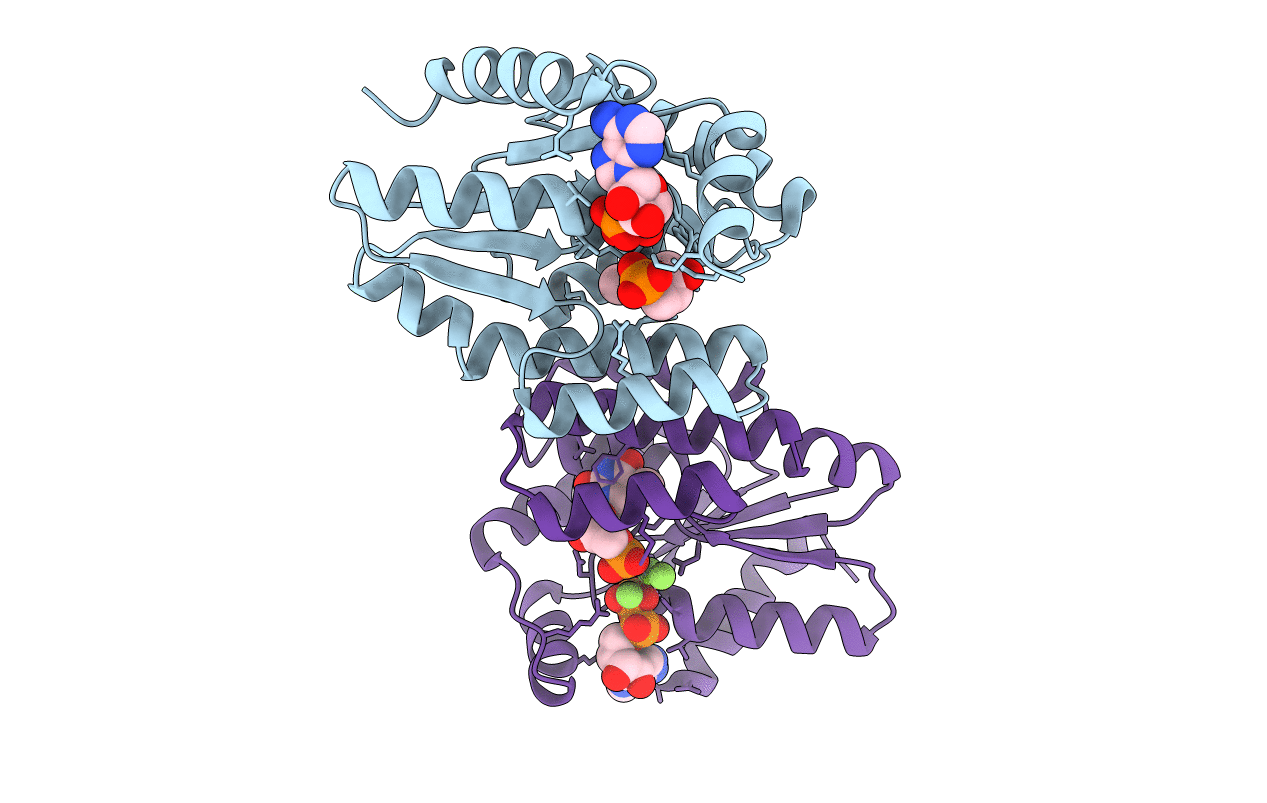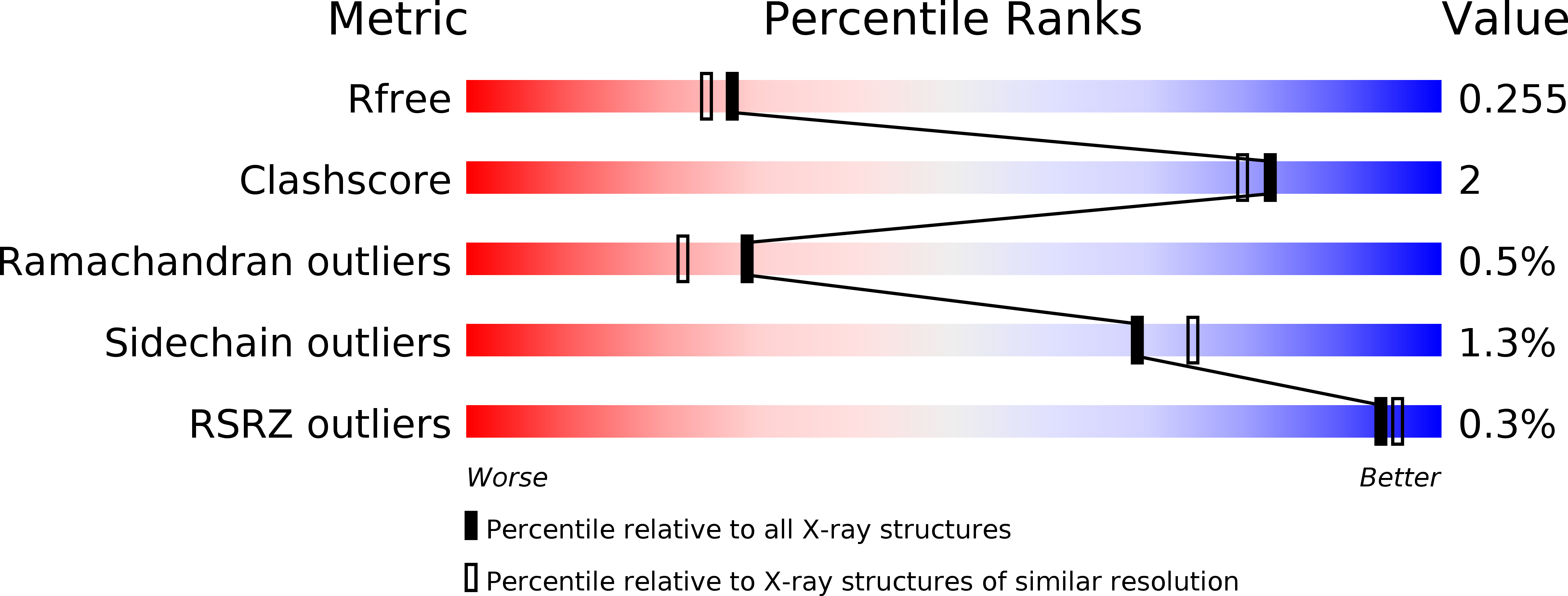
Deposition Date
2017-03-15
Release Date
2017-06-28
Last Version Date
2023-11-22
Entry Detail
PDB ID:
5XB2
Keywords:
Title:
ADP-Mg-F-dTMP bound Crystal structure of thymidylate kinase (aq_969) from Aquifex Aeolicus VF5
Biological Source:
Source Organism:
Aquifex aeolicus (strain VF5) (Taxon ID: 224324)
Host Organism:
Method Details:
Experimental Method:
Resolution:
2.16 Å
R-Value Free:
0.25
R-Value Work:
0.19
R-Value Observed:
0.19
Space Group:
P 1


